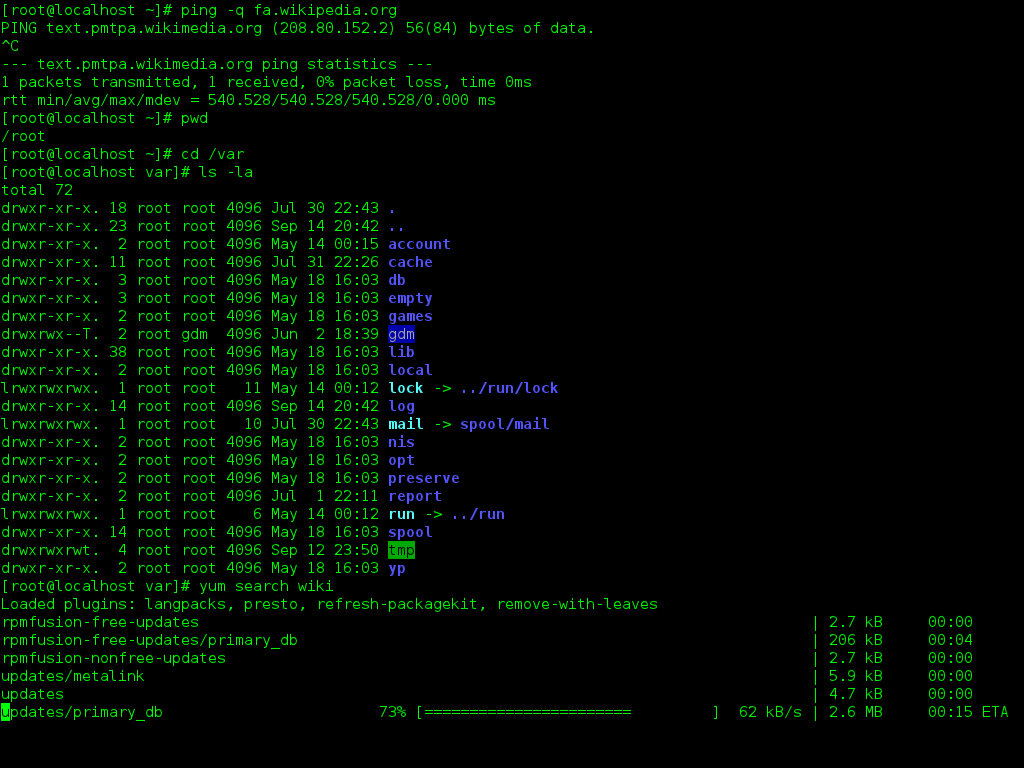| No | Date | Title | Contents | Reading | Survey/Quiz |
|---|---|---|---|---|---|
| 1 | 2024-04-08 | Introduction to version control | Organisational matters Overview of seminar sessions Introduction to version control Introduction to Git and its advantages |
Intro to version control | Course introduction Survey |
| 2 | 2024-04-15 | Command line | File Systems Benefits of the Command Line Basic Command Line commands |
Command Line | Command Line Quiz |
| 3 | 2024-04-22 | Setup + Git Fundamentals | Installation and configuration of Git Initializing a Git repository Basic Git commands |
Installation, Setup, First steps with Git | Installation Survey, Git Basics Quiz |
| 4 | 2024-04-29 | Basic Git workflow | Practicing basic Git commands Ignoring files with .gitignore Good commit messages |
First steps with Git | Git Basics Quiz |
| 5 | 2024-05-06 | Git Branching and Merging | Understanding branches in Git Creating and switching between branches Merging branches Resolving merge conflicts |
Branches | Git Branches Quiz |
| 6 | 2024-05-13 | Quarto Workshop | Introduction to Quarto | ||
| 7 | 2024-05-20 | Whit Monday | Cancelled | ||
| 8 | 2024-05-27 | Introduction to GitHub | Introduction to remote repositories Creating a GitHub account Creating and managing repositories on GitHub Pushing and pulling changes |
GitHub Intro | GitHub Quiz |
| 9 | 2024-06-03 | GitHub with collaborators | Cloning a remote repository Branching and merging in a collaborative environment Pull Requests GitHub Issues Graphical User Interfaces (GUIs), e.g., GitKraken |
GitHub Intro, GitHub Issues | GitHub Quiz |
| 10 | 2024-06-10 | GitHub with the world | Forking a remote repository README files Project Management |
GitHub Intro, GitHub Issues | GitHub Quiz |
| 11 | 2024-06-17 | Repetition and Practice | Repetition and Practice | ||
| 12 | 2024-06-24 | Publishing | Creating Tags with Git Creating Releases with GitHub Using Zenodo for scientific publishing Licences Citation Files |
Tags and Releases | |
| 13 | 2024-07-01 | Graphical User Interfaces (cancelled) | Repetition and Practice Introduction to using GUIs |
Graphical User Interfaces | |
| 14 | 2024-07-08 | Summary & Wrap-Up | Course evaluation Repetition and Practice Introduction to using GUIs |
Graphical User Interfaces |
Session 2: Command Line
Track, organize and share your work: An introduction to Git for psychological research
Course at University of Hamburg
April 15 2024 (12:15 pm)
1 Admin
Schedule
Clarification: “What happens if I miss a session?”
- Short answer: If you miss a session, please review the materials and complete the tasks until next session.
- We will list the workload (and any homework) explicitly for each session on the course website.
lennartwittkuhn.com/version-control-course-uhh-ss24/sessions/session02.html
2 Survey results
3 Last session
Last week’s learning objectives
After the last session, you should now be able to answer the following questions:
💡 You know what version control is.
💡 You can argue why version control is useful (for research).
💡 You can name benefits of Git compared to other approaches to version control.
💡 You can explain the difference between Git and GitHub.
4 Today’s session
Pair Programming (variant)
- Find yourself in pairs of two
- Complete the exercises together
Course exercise: Building an online recipes book
Example: https://lennartwittkuhn.com/recipes
Today: The command line

Source: Wikimedia Commons (free license)
Learning objectives
💡 You can navigate directories using the command line
💡 You can use shortcuts like the tilde or dots to navigate your file system
💡 You can explain the difference between absolute and relative paths
💡 You can use arguments and flags to modify command-line commands
💡 You understand the concept of wild cards (*) and can use it for system navigation
Today’s chapter
lennartwittkuhn.com/version-control-book/chapters/command-line.html
Your turn
- Windows users: Make sure that Git for Windows is installed and set up!
- Content Review: Read the chapter “Command Line” in the Version Control Book
- Implementation: Try out the commands in the chapter! Play around! Have fun!
- Exercises: Complete the exercises in the survey
Ask questions!
Version Control Course

